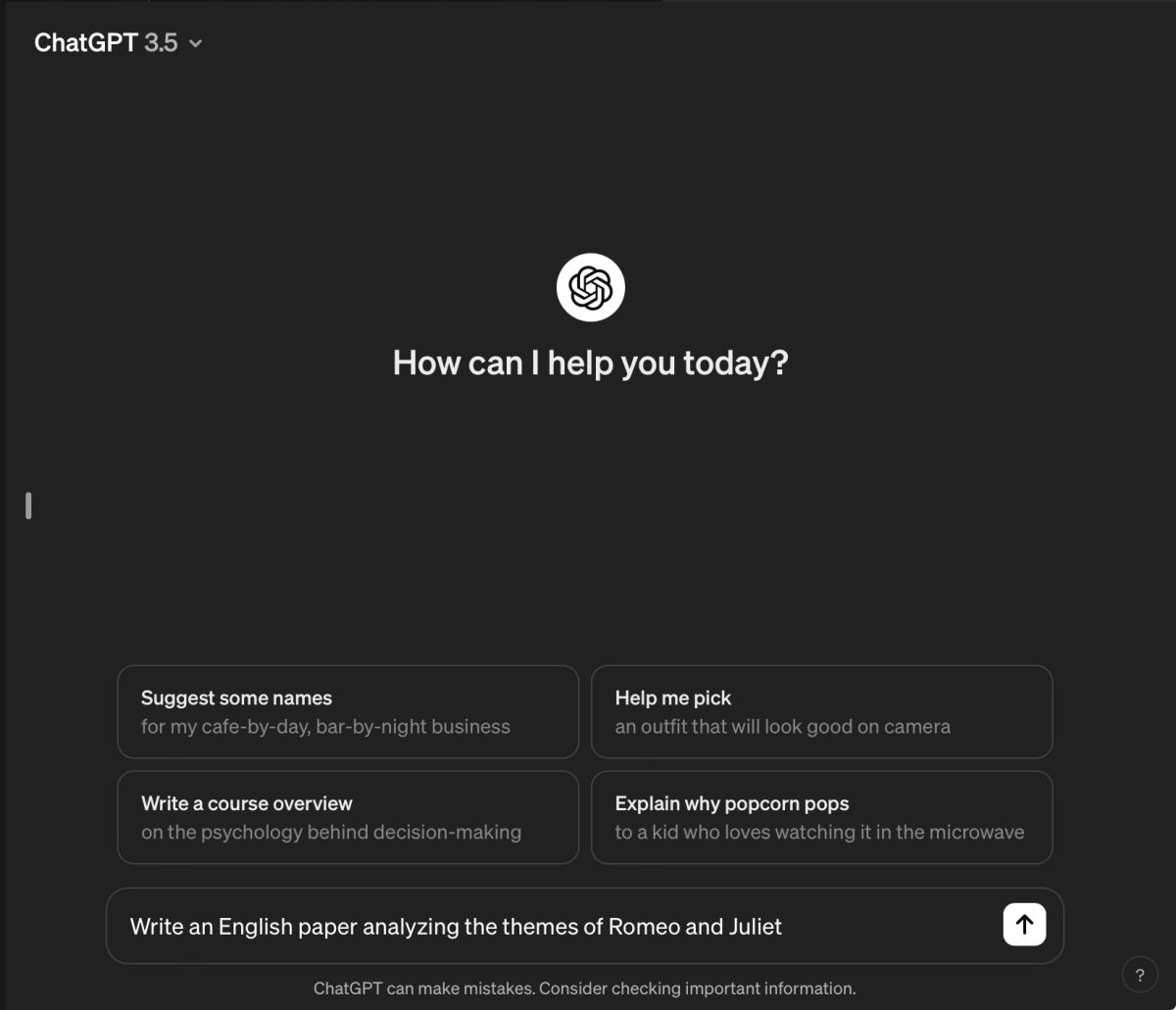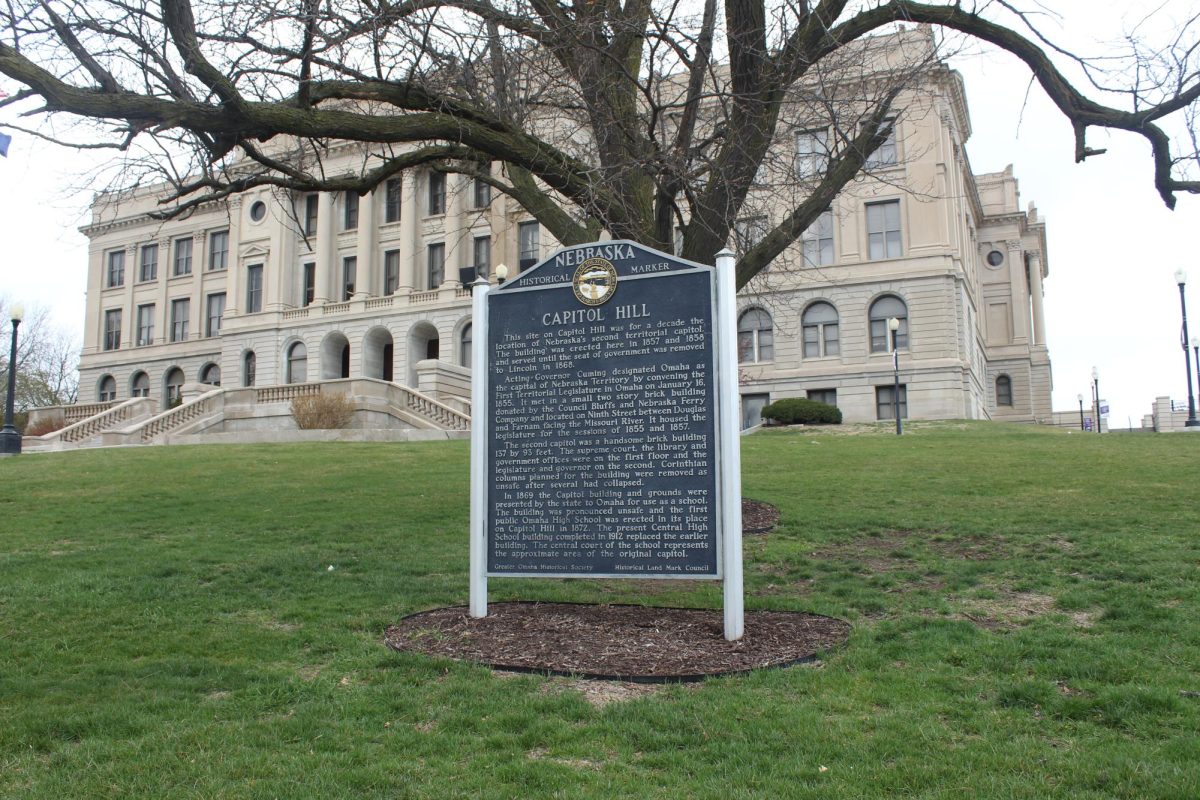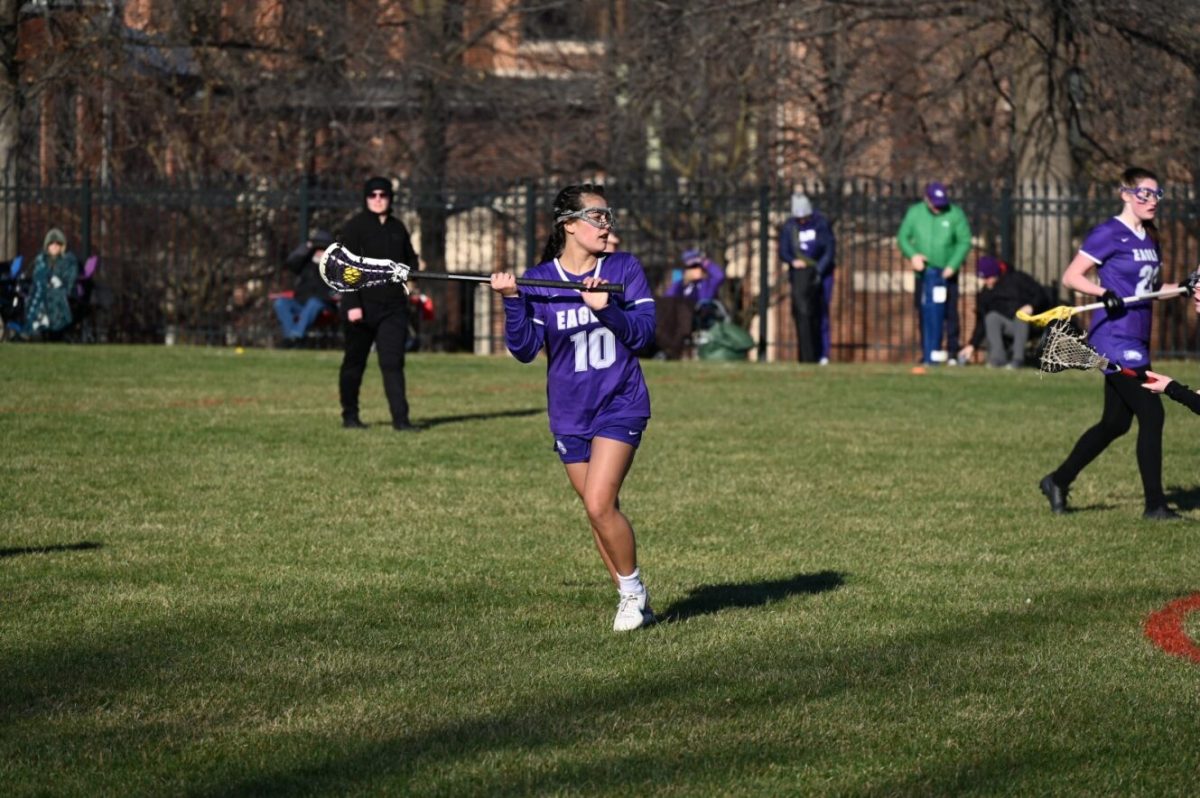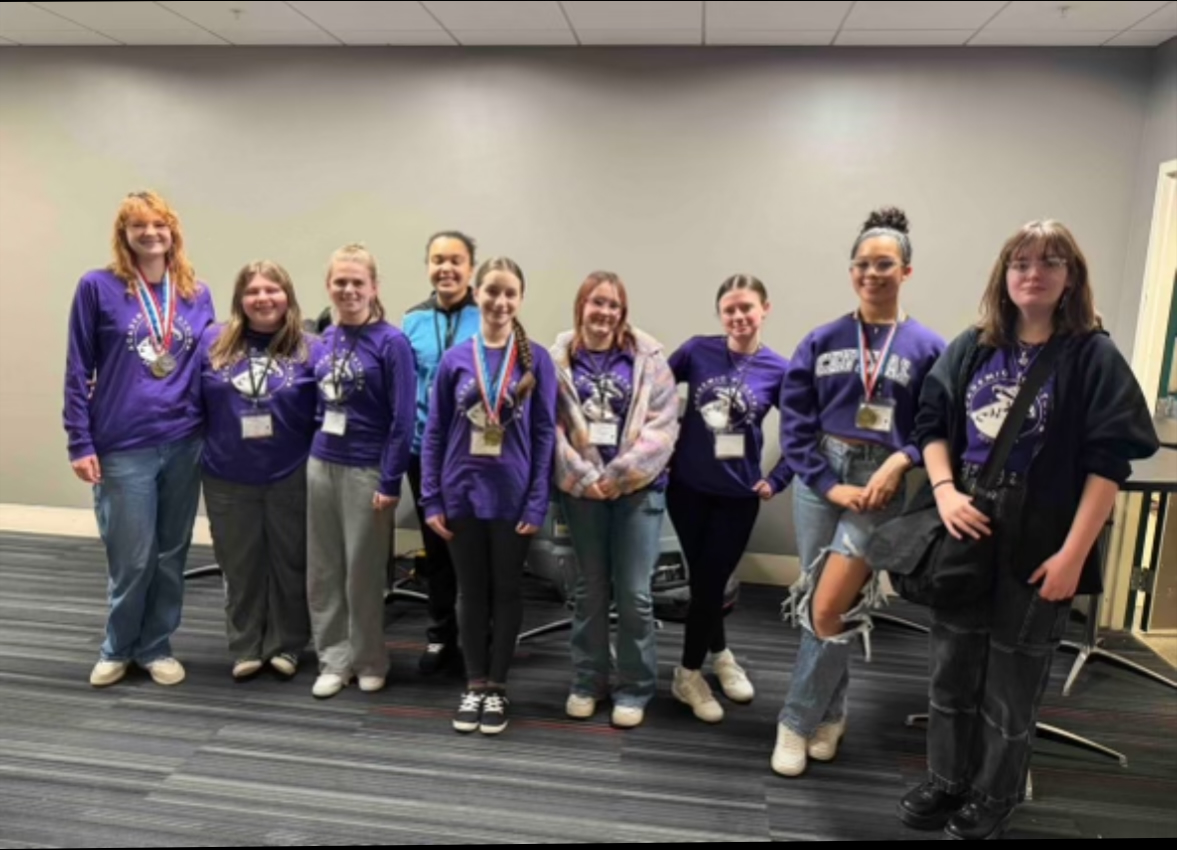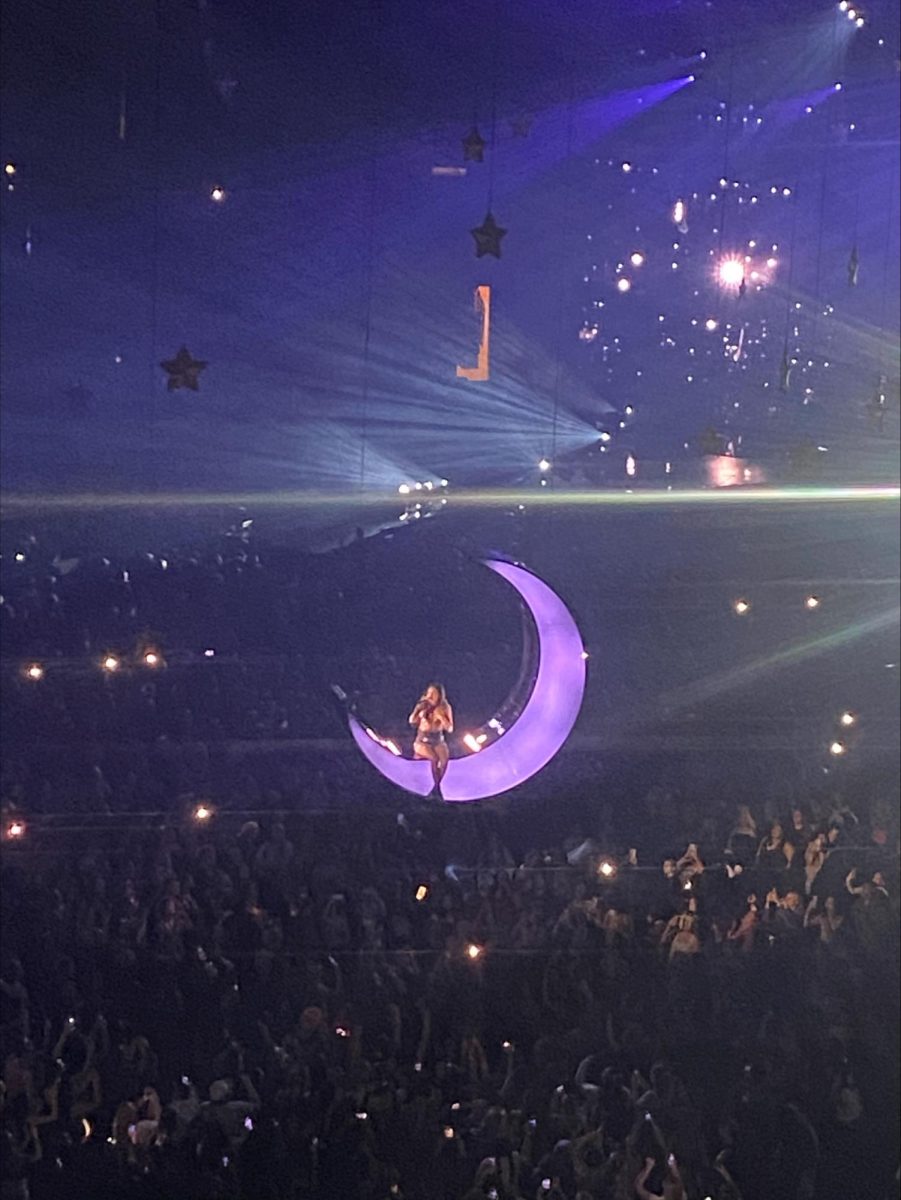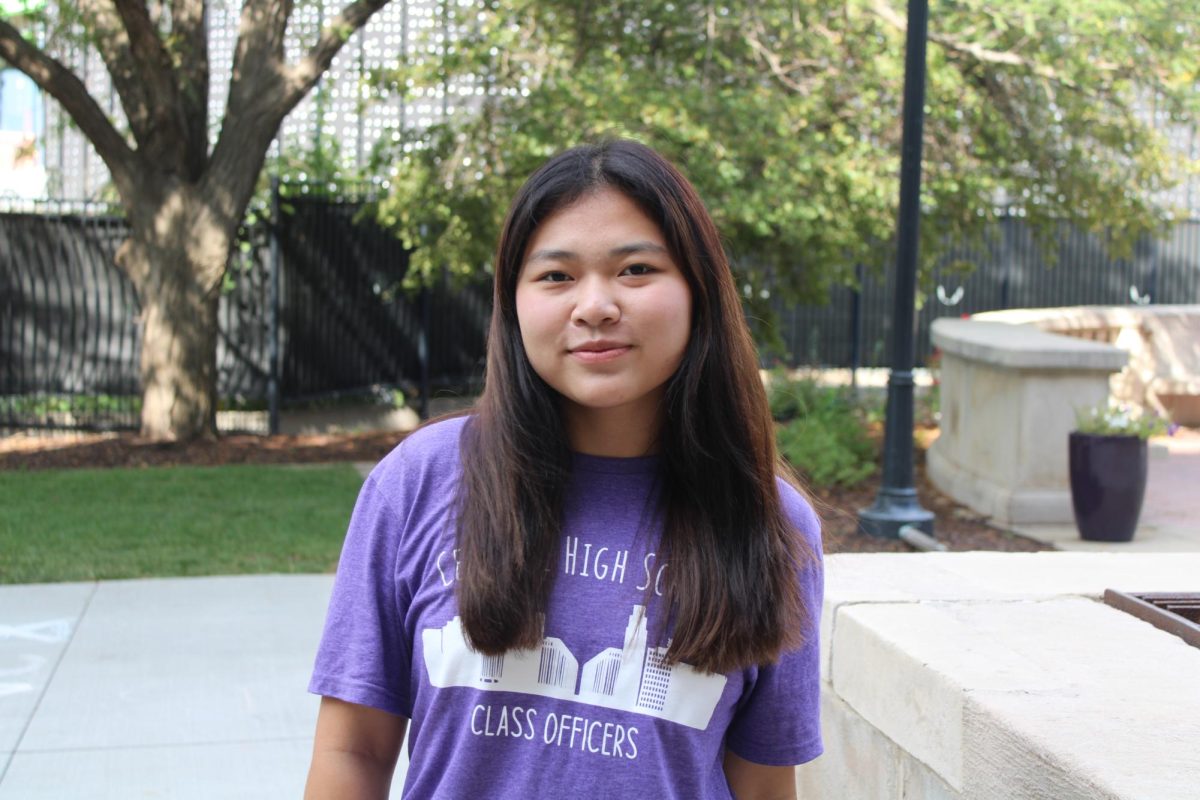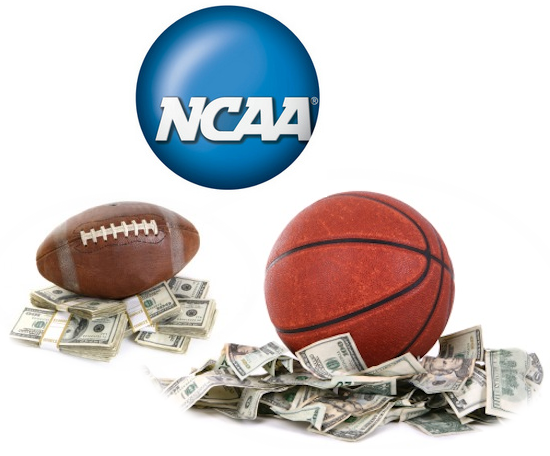College athletes to recieve compensation
August 27, 2014
Although there is much consternation over whether or not college athletes should receive compensation, it is a valid idea. When one considers that the NCAA makes almost one billion dollars a year off of these athletes, it is not unreasonable that they be asked to return some of the money, however small the amount, to the athletes. As members of sports teams, travel is a large part of a student-athletes life, and as such, there is little time to seek steady employment. This lack of income creates a void that is not covered by scholarships. Student-athletes must often time pay out of savings or take on loans in order to regularly purchase simple items such as weekly groceries or clothing. Giving them back some of the money that their own performance brings in, allows them to better function as a person, not just an athlete, and alleviates some of the stress that lacking steady employment brings for a college student.
In fiscal year 2012-2013, the National Collegiate Athletic Association (NCAA) made over $900 million in revenue, according to tax forms and financial statements. Half of which, was given back to colleges in order to fund athletic scholarships and programs. Even with such astounding numbers, often times student-athletes on scholarship do not have much spare time with which to find employment. For years, whether or not student-athlete’s scholarships should cover more than the cost of schooling has been hotly debated by both fans and commentators alike. Another hot issue has been the addition of stricter academic requirements for athletes on full-ride scholarships. In 2011, the NCAA Board of Directors announced reforms in both athlete stipends and academic standards. Beginning with the 2012-2013 school year, Division I colleges are required to pay full-ride scholarship recipients a $2,000 stipend, as well as meet higher four year grade progression standards in order to be eligible to play.
Unlike player stipends, the tougher academic requirements have not been hotly debated, and rightfully so. Although the majority of full-ride athletic scholarship recipients see college as little more than a transition from high school into their respective professional sport, they still must adhere to academic standards that insure the use of their brain to complement their use of brawn. Some of the specific changes include incoming freshman needing to have at least a 2.3 GPA, and 10 of the 16 core classes completed by the beginning of their senior year. Also, each sports team’s Academic Progress Rate has been raised from 900 to 930. This scaling makes it even more imperative for the whole team to be working hard in the classroom, not just some of them.
The NCAA profits millions of dollars every year off of student-athletes who see very little, if any, of this cash. Therefore, it is justified for them to receive a small stipend in order to help offset some of the simple living costs of college. Accordingly, just as it is important to help student-athletes with college life, it is also important to insure that they are also working in the classroom, and that is why it is so essential that these academic regulations continue to be put into place. All in all, the NCAA is making great strides in improving college athletics, and hopefully continues to do so in the future.

